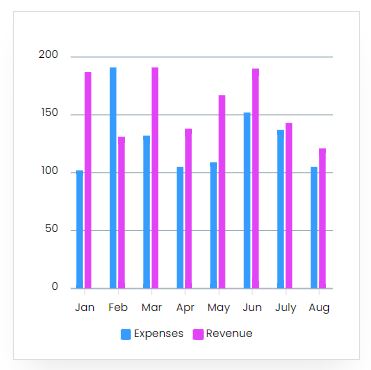Introduction
Project report for Biofertilizer is as follows.
An organic biofertilizer is a product that includes live microorganisms that, when applied to seeds, plant surfaces, or soil, colonize the rhizosphere or the inside of the plant and encourage growth by increasing the supply or availability of primary nutrients to the host plant.
Biological fertilizers are the result of a fermentation process that produces live soil microbes. They boost plant growth and production by providing nutrients that are easily absorbed.
Project Report Sample On
Biofertilizer
Get Completely Custom Bankable Project Report
Their cost-effective and environmentally friendly bio inoculants have a considerable promise for increasing agricultural output in a sustainable manner. For example, nitrogen-fixing biofertilizers are subdivided into two categories: fixing nitrogen and promoting plant development by removing or mobilizing phosphates.
For the generation of biofertilizers, solid-state fermentation and submerged fermentation are the two most used methods. Each type of biofertilizer is made by selecting an effective microbial strain, cultivating it in a specified nutritional medium, scaling up, and formulating it with a solid or liquid foundation.
The efficacy of biofertilizer application is mainly dependent on the knowledge of the microbial strain’s host specificity and the soil and ambient conditions of the field.
Fermentation technology for biofertilizers has significantly benefited from recent advances in microbial taxonomy, molecular biology, genetic engineering, metabolic engineering, computer science, and nanotechnology.
Biofertilizers with improved efficiency, competitiveness, various functionalities, and longer shelf life are now conceivable because of this development. Biofertilizers can replace chemical fertilizers with these qualities.
Market Potential Of Biofertilizer
Expenses

Product Cost Breakup

Reveneue Vs Expenses

Market Trend

In 2019, the fertilizer market in India was valued at INR 4,675 Billion. According to forecasts, the market is expected to reach INR 9,987 Billion in 2023, growing at a CAGR of roughly 13% between 2020 and 2023.
The success of India’s green revolution and subsequent food-grain self-sufficiency can be attributed to fertilizers. The increased use of fertilizer has substantially impacted the country’s ability to produce food grains sustainably. This has resulted in a dramatic increase in the demand for fertilizers during the last several years.
Over the next five years, the country’s population is predicted to rise rapidly, which would lead to an increase in food consumption.
As a result of increased urbanization, there is likely to be a decline in arable land. Fertilizers are expected to have a significant impact on crop yields per hectare. India’s fertilizer use is significantly uneven, notwithstanding a considerable historical increase.
There are now some states in India where fertilizers are still at a relatively low level. Future expansion is possible due to this. Farmers will be made aware of the advantages of fertilizers through a variety of government and non-government awareness programs.
The use of fertilizers is expected to rise in the following years due to television, radio, and specialized rural workshops.

